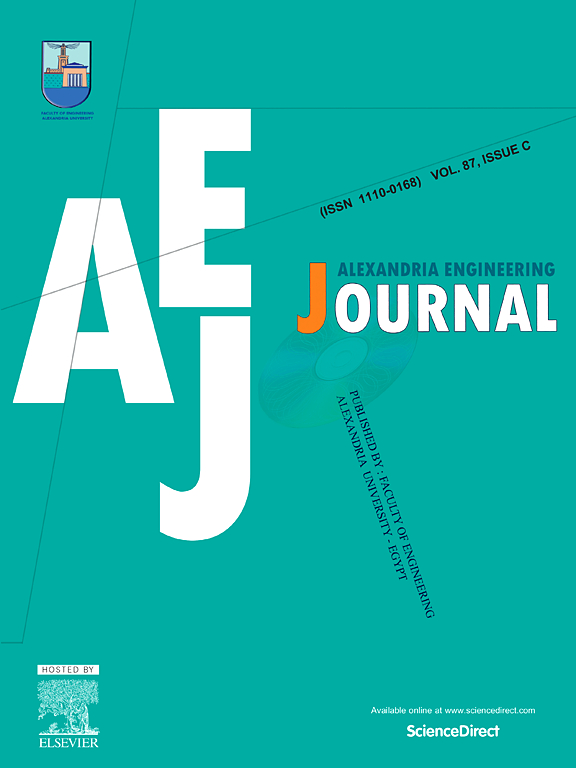多维特征和时差序列观测的热带气旋路径预测模型
IF 6.2
2区 工程技术
Q1 ENGINEERING, MULTIDISCIPLINARY
引用次数: 0
摘要
热带气旋(TC)是一种破坏性极强的天气现象,可造成重大的社会和经济损失。随着气象监测技术的发展和数据库的更新,准确预报热带气旋的移动路径是将损失降到最低的有效方法之一。然而,传统的移动轨迹预报方法存在效率低、精度低的缺点。针对这些问题,本文提出了一种基于多维特征和时差序列的新型卷积神经网络-时差卷积网络(CNN-TCN)模型(MT-CNN-TCN)。首先,对不同类型的气象数据进行处理,然后提取相邻时刻之间的特征差异。其次,采用基于二维卷积神经网络(2DCNN)、3DCNN 和 TCN 的双分支结构,有效整合不同类型的气象特征,以加强其预报效果。最后,利用西北太平洋 2000-2019 年的 TC 数据进行了试验。测试结果表明,所提出的 MT-CNN-TCN 模型在三个预报时段(12 h、24 h 和 48 h)均表现良好,与当前的预报方法(如长短期记忆(LSTM))相比,准确率分别显著提高了 7%、13% 和 16%。本文章由计算机程序翻译,如有差异,请以英文原文为准。
Tropical cyclone track prediction model for multidimensional features and time differences series observation
Tropical Cyclones (TCs) are highly destructive weather phenomena that can cause significant social and economic damage. With the development of meteorological monitoring technology and the updating of database, accurately forecasting the track of TC movement is one of the effective ways to minimize losses. However, traditional movement track forecasting methods suffer the disadvantages of low efficiency and low accuracy. To address the these problems, a novel Convolutional Neural Network-Temporal Convolutional Network (CNN-TCN) model based on Multidimensional Features and Time Difference Series (MT-CNN-TCN) is presented in this paper. First, different types of meteorological data are processed and then the feature differences between adjoining moments are extracted. Second, a two-branch structure based on Two Dimensional Convolutional Neural Network (2DCNN), 3DCNN and TCN is taken to effectively integrate different types of meteorological features to strengthen its forecasting effect. Finally, experiments are conducted using Northwest Pacific TC data from years 2000–2019. Test results show that the proposed model MT-CNN-TCN can perform well at all three forecast periods (12 h, 24 h, and 48 h), with a significant improvement in accuracy by 7 %, 13 %, and 16 % respectively, compared with current forecasting methods such as Long Short Term Memory (LSTM).
求助全文
通过发布文献求助,成功后即可免费获取论文全文。
去求助
来源期刊

alexandria engineering journal
Engineering-General Engineering
CiteScore
11.20
自引率
4.40%
发文量
1015
审稿时长
43 days
期刊介绍:
Alexandria Engineering Journal is an international journal devoted to publishing high quality papers in the field of engineering and applied science. Alexandria Engineering Journal is cited in the Engineering Information Services (EIS) and the Chemical Abstracts (CA). The papers published in Alexandria Engineering Journal are grouped into five sections, according to the following classification:
• Mechanical, Production, Marine and Textile Engineering
• Electrical Engineering, Computer Science and Nuclear Engineering
• Civil and Architecture Engineering
• Chemical Engineering and Applied Sciences
• Environmental Engineering
 求助内容:
求助内容: 应助结果提醒方式:
应助结果提醒方式:


